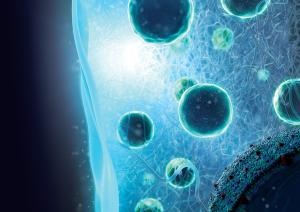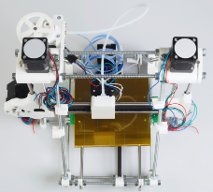Light can now be used to heal diabetes in mice. By implanting a transparent gel that contains genetically modified light-sensitive cells, researchers have demonstrated a new type of implant that could one day be used to treat disease and monitor toxins in people.
"Light is a great tool to interface with biological systems, but there is a fundamental problem. It gets scattered when it hits tissue, and at depths much thinner than our skin," says lead author Myunghwan Choi of Harvard Medical School in Boston.
"Light is a great tool to interface with biological systems, but there is a fundamental problem. It gets scattered when it hits tissue, and at depths much thinner than our skin," says lead author Myunghwan Choi of Harvard Medical School in Boston.


 RSS Feed
RSS Feed